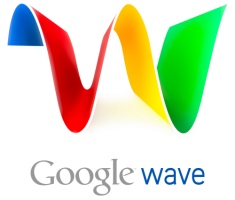Leadership by smiling.

Image BY-NC-SA .margotta. @ Flickr
It’s obvious, clichéd, and can be annoying, but as the saying goes ‘smile and the world smiles with you.’ It’s especially important for leaders to be upbeat and positive as they set the tone for the rest of their organization. Like it or not, you get a lot of your cues from your line manager. If they’re apprehensive about the organization’s future, this will transfer itself to you. Likewise, you should think carefully about the body language and words that you use with those whom you lead. 😀
Smiling is powerful. It disarms situations and produces an almost primal reaction in other people. In other words, smiling is infectious. Thos visiting your organization notice this and it makes them happy. They then think good things about your organization and talk in such terms to others. This leads to your organization having a good reputation.
The other powerful thing about smiling a lot is the power that not smiling then gives. The simple act of stopping smiling, even for a minute or two, lends gravitas and import to a situation. This works as well in the classroom as it does in the boardroom.
Finally, others are drawn to those who smile, making it easier to (as Seth Godin would put it) form your ‘tribe’. It’s easier to influence people – rather than instruct people – when they feel positive around you.
So smile! Be known and come across as a happy, (somewhat) carefree person who can be serious when it matters. Much better that than be known as a miserable workaholic whom it’s best to avoid… 🙂
Related articles by Zemanta
- Five Ways To Share Your Leadership Influence (kevineikenberry.com)
- Use Body Language to End Conversations with Chatty Coworkers [Distractions] (lifehacker.com)

![Reblog this post [with Zemanta]](http://img.zemanta.com/reblog_e.png?x-id=06b63330-8e28-43c7-a4b9-d7bb11b2066e)


![Reblog this post [with Zemanta]](http://img.zemanta.com/reblog_e.png?x-id=9ba8c039-9afb-4668-88c7-9740d6c93dc2)

![Reblog this post [with Zemanta]](http://img.zemanta.com/reblog_e.png?x-id=f439ab0f-89c6-458a-ad4e-7d1d09a9c0c2)